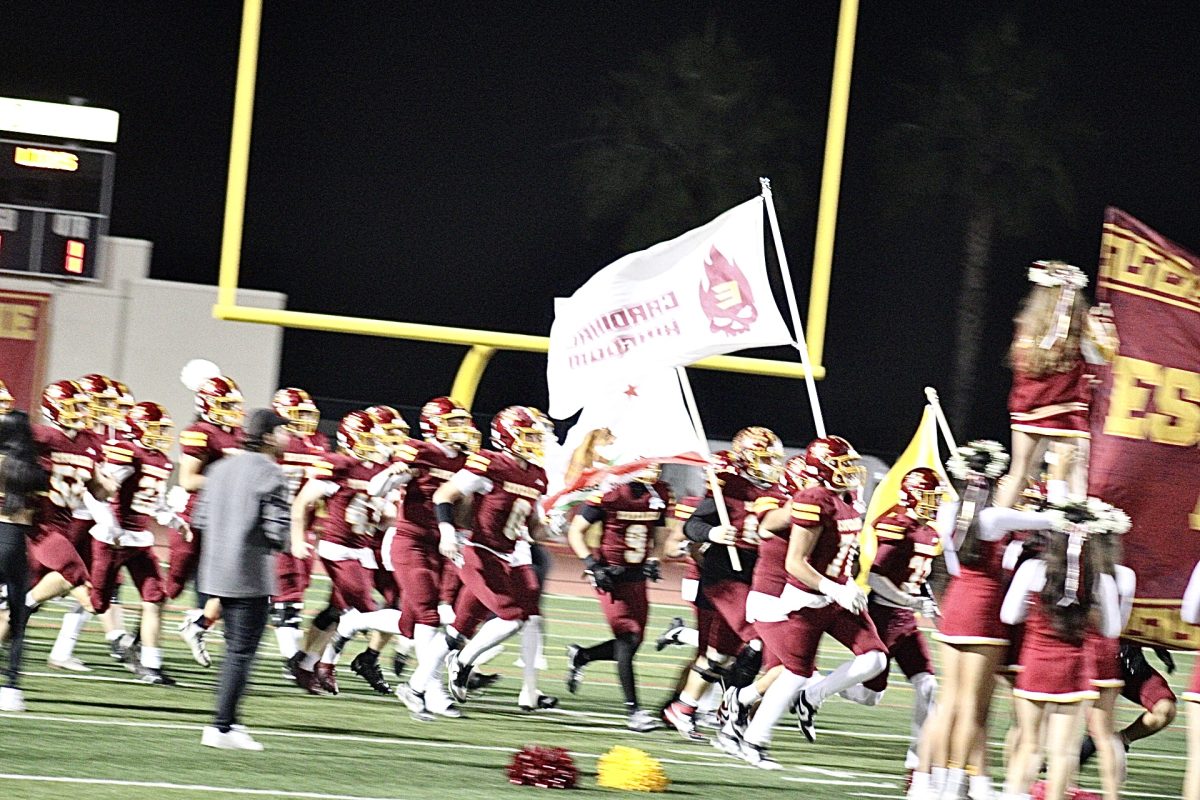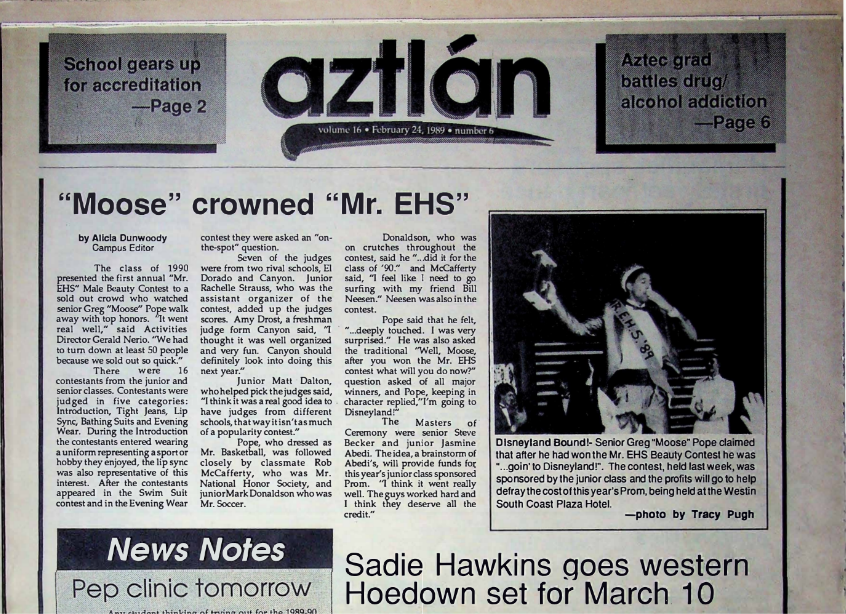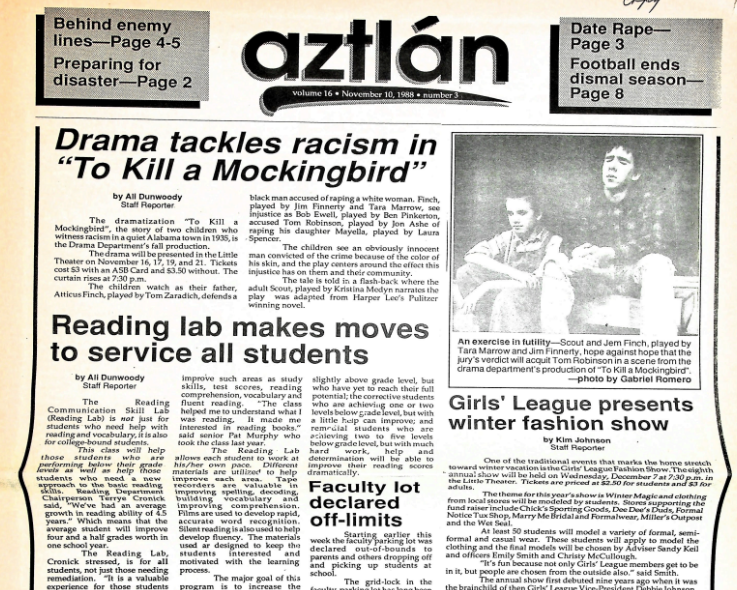Celebrating National Native American History Month
More stories from Jailen Alon-Alon
Photo acquired from Unsplash by photographer Ichio
Being National Native American History Month, we are reminded to never forget the true meaning of Thanksgiving for Native Americans.
National Native American History Month in Novemebr originates from 1968 when Congress passed a joint resolution that requested the President to proclaim the week of Nov. 23 to Nov. 30, 1986 as National Native American History Week.
For many years, Americans and Canadians have celebrated the holiday of Thanksgiving to celebrate the year’s harvest. Many also use it as a time to reflect on things that they are grateful for. The general belief for Americans is that Thanksgiving stems from the year 1621 when the Wampanoag tribe shared their harvests with the colonists of Plymouth.
Though this is what we were taught in school, many people never learned what Thanksgiving means to Native Americans. School boards neglect to cover the fact that Thanksgiving is not such a happy time for some Native American tribes and the reason for it.
The holiday that Americans celebrate by stuffing their faces and watching football marks the day that European settlers arrived in America, and when years of oppression and genocide began for Native American tribes. When the ‘Indian Removal Act’ was passed in May of 1830, no less than 3,000 Native Americans lost their lives on the Trail of Tears. In fact, the day that we all celebrate as Black Friday, when we crowd stores and almost kill each other for flat screen TV’s is National Native American History Day.
It is important for Native American History to be recognized and should be taught in schools. Native American History is American History too. Many foods and medicines that we use today evolve from Native American practices and more than one highway follows the path of a Native American trail.
It is definitely time for America to truly recognize the achievements of Native American citizens and their ancestors’ contributions to the country today.










































